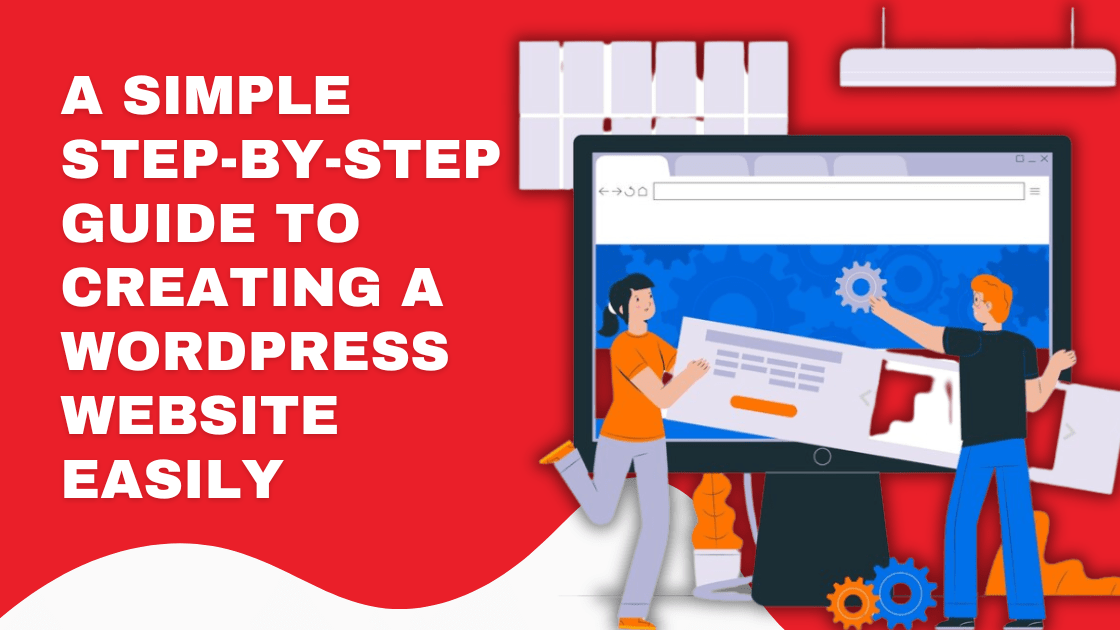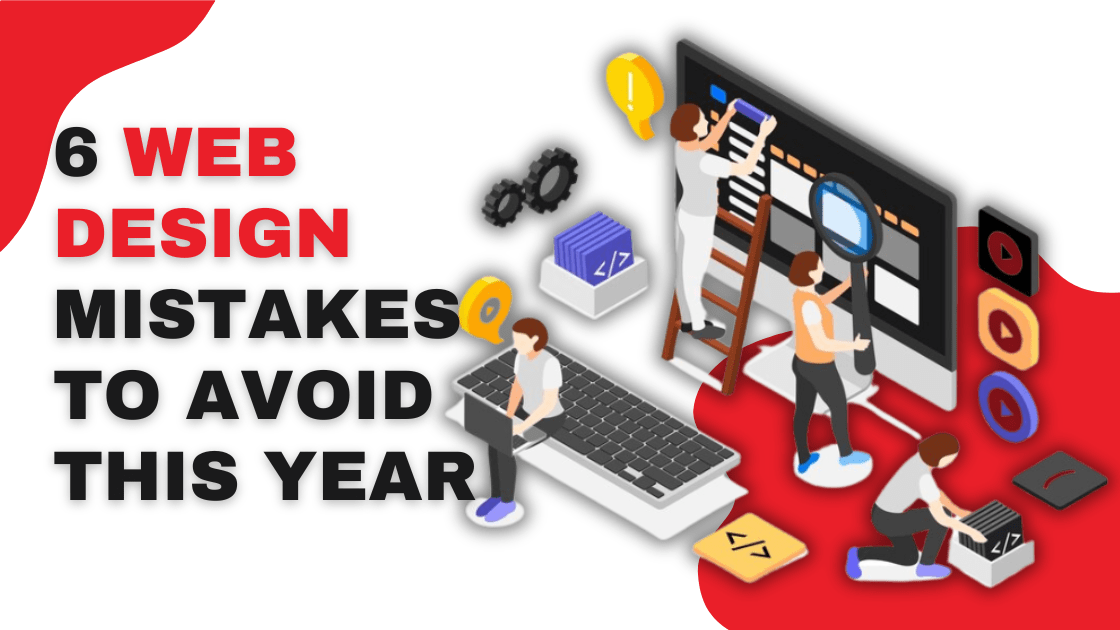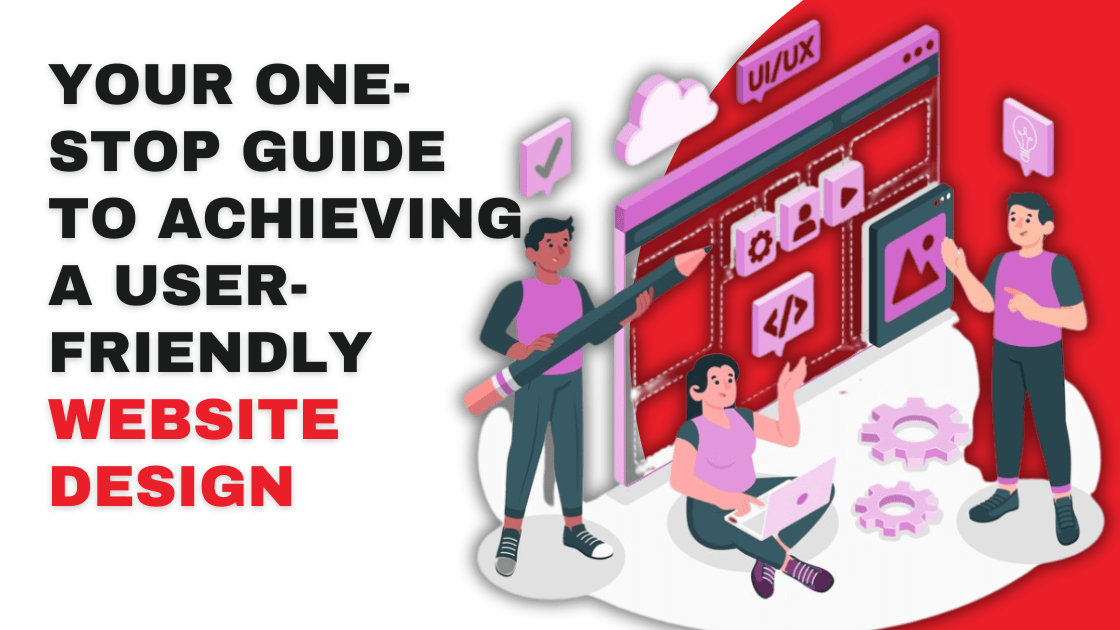UX refers to user experience, and UI refers to the user interface. UX/UI designing takes a primordial role in developing a website. It requires a lot of planning and strategic initiative to identify the best UX/UI design for a website. The challenge lies in getting access to the necessary technologies to ensure the users get the best experience while browsing the website. This article digs into a few key tips and tricks to assist website designers in taking the best strategic approach. The article will greatly help you if you are wondering about the best ways to develop effective UX/UI design for any business.
- Identify Your Target Audience
The critical part of effective UX/UI design is identifying your user personas. The user persona represents the way users behave under the influence of your products or services. It represents their needs, attributes, demand, consumer behavior, and various other aspects which prompt them to behave in a certain way.
If you successfully identify the user persona, you will get clear guidance in identifying the key strategies to be taken for UX/UI design. They are your target audience. They will be the ones to visit your website and purchase products or show interest in services. Therefore, you should not consider developing a successful UX/UI design without considering their perspectives.
- Think About How Users Will Interact
The next key aspect for successful UX/UI design is to consider the ways your target audience will interact. Would they access your website through mobile? Or will they prefer to access your website through a desktop? If you try to find answers to these questions, you will be able to clearly identify the key strategies you must take for developing the website.
If your consumers browse the website through mobiles, you must develop mobile apps to cater to their needs. If you develop a website that will be accessed through a desktop, you must consider different resolutions and screen sizes to make it fit any device.
- Use Real World Objects and Constraints
While designing a website, emphasize real-world objects and constraints. These include the size, resolution, compatibility, and other related factors of the devices of the target audience. You should focus on the technical aspects of the website, which will help the website to become responsive to fit any device, irrespective of size.
Apart from this, you must consider how users would like to access the website. If the users prefer to access it through mobile, you must make the website compatible with a touchscreen. Suppose, they prefer to access it through a desktop. In that case, you must include necessary features such as a chatbot, an extended menu, document sharing, and other facilities to enhance your service offerings to make the website user-friendly.
- Make The Website Familiar and Simple
Do not forget that the key goal of developing a website is to let users know about your products and services without any intervention. The website is an online platform that encourages consumers to know more about the company, develop positive cues and show interest in purchasing products or services. Suppose the design of a website becomes drastically different from the websites of competing companies in the industry. In that case, your target audience will find difficulty searching for any information on your website. They will be lost while browsing, develop frustration and leave your website.
Clients demand something innovative and unique to create a distinctiveness under premium web design services. But, they will never want to make their users clueless while browsing the website. That is why when adding features to the website, maintain a common route. For instance, while placing a search bar, ensure that it offers relevant search recommendations in the drop-down list. The website must have a contact page. The menu bars must contain all the links under relevant sections. The lower banner must show all the shortcut links to important details and information.
- Use Visual Cues
Appropriate visual cues help users to understand the messages better than reading. Today with the help of innovative GIFs or graphics, you can give a website a superior appeal. However, GIFs and graphics must be used in such a way that enhances the visibility and appeal of the website.
If you are developing a website that offers services in the creative industry, you can make increased use of visual cues as long as it seems effective for the website. But, in case you are designing websites for companies that cater to core industries, you should refrain from extensive use of visual graphics and GIFs. However, you can use the necessary symbols as required.
- Keep The User In Control
The users must be given scope to redo or undo certain errors which are done mistakenly. To better serve users in this way, web designers must assess the possibilities which can go wrong if mishandled by users. It will make the website design foolproof to avoid any potential errors or hazards.
For instance, when filling up an online form, users might submit the page by not filling it out completely. In that case, the website designers must develop necessary error messages to prohibit those attempts. It would either show a warning message or an alert to direct users to complete the filling-up forms to submit them successfully.
When clients access premium web design services, they want users to not find any loop which will direct them to mismanage the website. That is why it requires proper planning and strategic support to devise each stage of website development.
- Provide Feedback
When the users perform any complicated action on the website, they require affirmation to proceed in the right direction. Otherwise, if they stay clueless about their action, they will leave the website frustrated. That is why the UX/UI design of the website should be in such a way that it will provide feedback in different ways, such as sound effects, visual cues, and haptic feedback.
Under premium web design services, we ensure that users find the site familiar with other websites which offer similar services. We find it best to use pop-up messages to warn consumers if they are misguided by any information. The time spent in testing the website design ensures that the UX/UI design is appropriate for any savvy or naive users when it comes to browsing websites. But, to perform any specialized tasks, it is always advised to upload a tutorial video to guide users to use the website in a certain way to leverage its utmost benefit.
These are the few tips and tricks you can follow to upgrade the UX/UI design of your websites. While improving the design, do not keep yourself in the loop of improving the quality endlessly. The more you try to find faults, the more you’ll identify different problems, which would call forth the need to change algorithms drastically. Therefore, your strategy should be to identify what the clients demand and how efficient the website can be. You should always take a middle ground to keep the balance between what to do and what not to do to develop the website within a specific budget and limited resources. So, take the necessary initiative to make the UX/UI designs user-centric, efficient and effective to perform predefined roles.





0 Comments